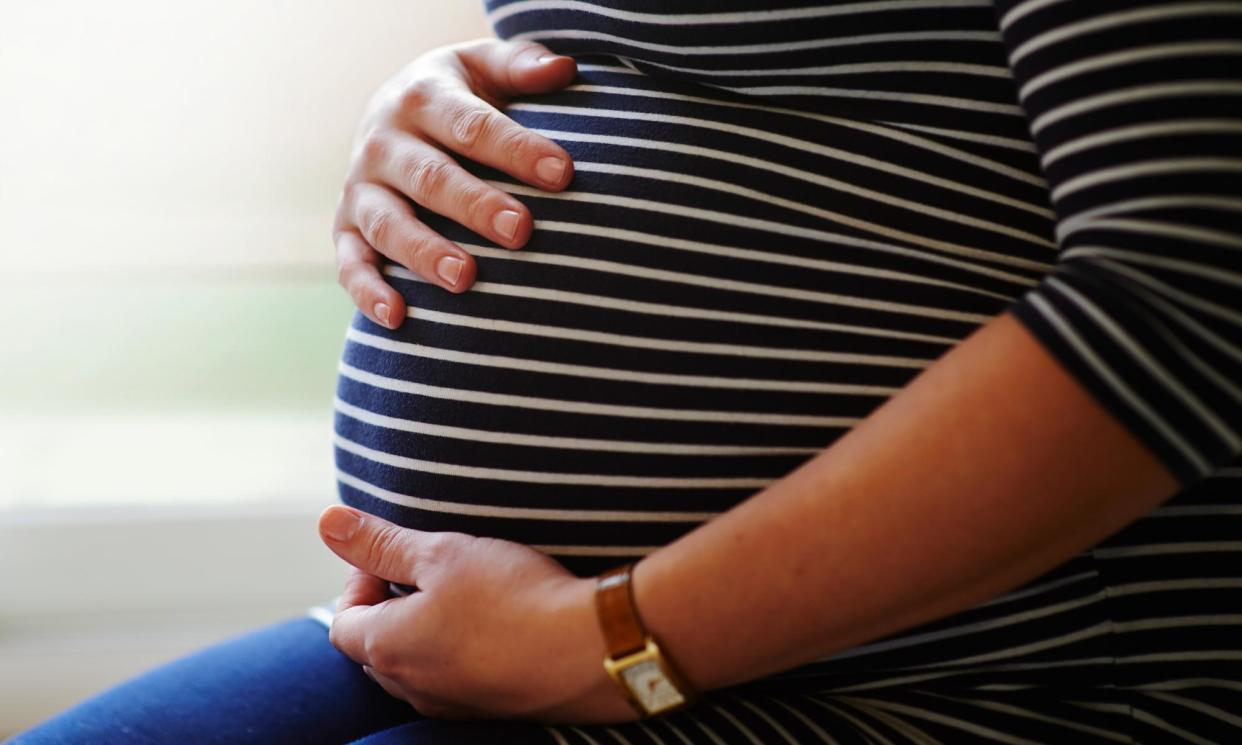Australian pregnancy drugs shortage sparks call to include pregnant women in clinical trials

Several crucial medicines for pregnant women are in shortage in Australia because of a “perfect storm” of manufacturing and distribution issues, experts warn.
The only drugs registered as safe for pregnancy are old and less profitable to pharmaceutical companies which are discontinuing their distribution amid manufacturing disruptions since the pandemic.
An editorial published in the Medical Journal of Australia on Monday called on the government to create a body responsible for registering, importing and manufacturing critical medications for use during pregnancy, independent of the need to obtain a profit.
Shortages particularly affect medications for high blood pressure. The frequently used labetalol had been extremely difficult to obtain since late 2023, and the immediate-release nifedipine, also used to stop early labour, and oxprenolol were withdrawn altogether from the Australian market on commercial grounds.
Related: Australia running low on HIV-prevention drug PrEP as experts warn users to plan ahead
The editorial’s lead author, associate prof Stefan Kane, the director of maternity services at Melbourne’s Royal Women’s hospital, said the problem can be traced to the “systematic exclusion” of pregnant women from clinical trials of new drugs.
“Because of this reasonable concern about the potential impact of medications on pregnant women – which largely stems from the thalidomide disaster – we’ve almost gone too far the other way, and now we just exclude them from trials, so we’re stuck with not having any new agents at all,” Kane said.
Without research on the effectiveness of medicines on pregnant women, medications used were old, off-patent and frequently prescribed off-label.
The editorial highlighted the example that in contrast to the more than 50 drugs for high blood pressure available to the non-pregnant population, Australian guidelines for treating the condition in pregnancy identify only six, all more than 30 years old.
The authors warned that the situation denied pregnant women pharmacotherapeutic advances enjoyed by other groups, such as medicines with fewer side-effects, and left them reliant on older, cheaper drugs more vulnerable to supply disruptions.
Australia has a sponsor-driven registration and regulation scheme for medications. This means pharmaceutical companies have to pay to have their drugs authorised to sell, making new drugs on patent with larger profit margins more worthwhile than older, off-patent drugs with narrower margins.
“When logistics were flowing easily and factories had fewer limitations … pre-pandemic, that didn’t seem to be too much of an issue,” Kane said.
However, since then, Kane said particular manufacturers “have just stopped making” certain drugs, “because the factory and the distribution process they feel could be used for more profitable ventures”.
This “perfect storm” of factors was putting lives at risk, Kane said. While large metropolitan hospitals can still access medicines through the special access scheme – albeit with extra pressure on hospital pharmacies – smaller regional and remote hospitals do not have the same access, he said. The scheme also is not available for drugs used off-label in pregnancy.
Kane saw the issue overall as “yet another example of systematic disadvantage faced by women in general, but particularly pregnant women”.
“There is certainly the potential here for harm to occur,” he said.
“The reason why we’re fortunate in Australia that very, very few women die from pre-eclampsia – high blood pressure in pregnancy – is because of effective treatment of blood pressure. It’s a critical component of their care.”
The authors said Australia needed another pathway to secure supply of these medicines independent of the need to obtain a profit – in addition to other solutions including supporting local manufacture of critical medicines, and safely including pregnant women in clinical research.
The co-author Prof Amanda Henry, program head of Women’s Health in Australia for the George Institute for Global Health and councillor for the Royal Australian and New Zealand College of Obstetricians and Gynaecologists (Ranzcog), said “it’s time to reframe the system so it proportionately considers the risks of including these women in trials AND factors in the inequity and risks of NOT including them”.
Prof Barbara Mintzes, who specialises in the study of pharmaceutical policy at the University of Sydney and was not an author of the editorial, said the editorial “raises important concerns about the need for better evidence to support drug treatments in pregnancy, and also better systems in place to make sure pregnant women have access to needed medicines”.
“The authors are critical of pregnant women being excluded from clinical trials testing new medicines. However, including a few pregnant women in a trial won’t really solve the current problem,” Mintzes said.
“We need dedicated trials in pregnancy for treatments that are commonly used ‘off-label’ in pregnancy but have never been properly tested for effectiveness.”


